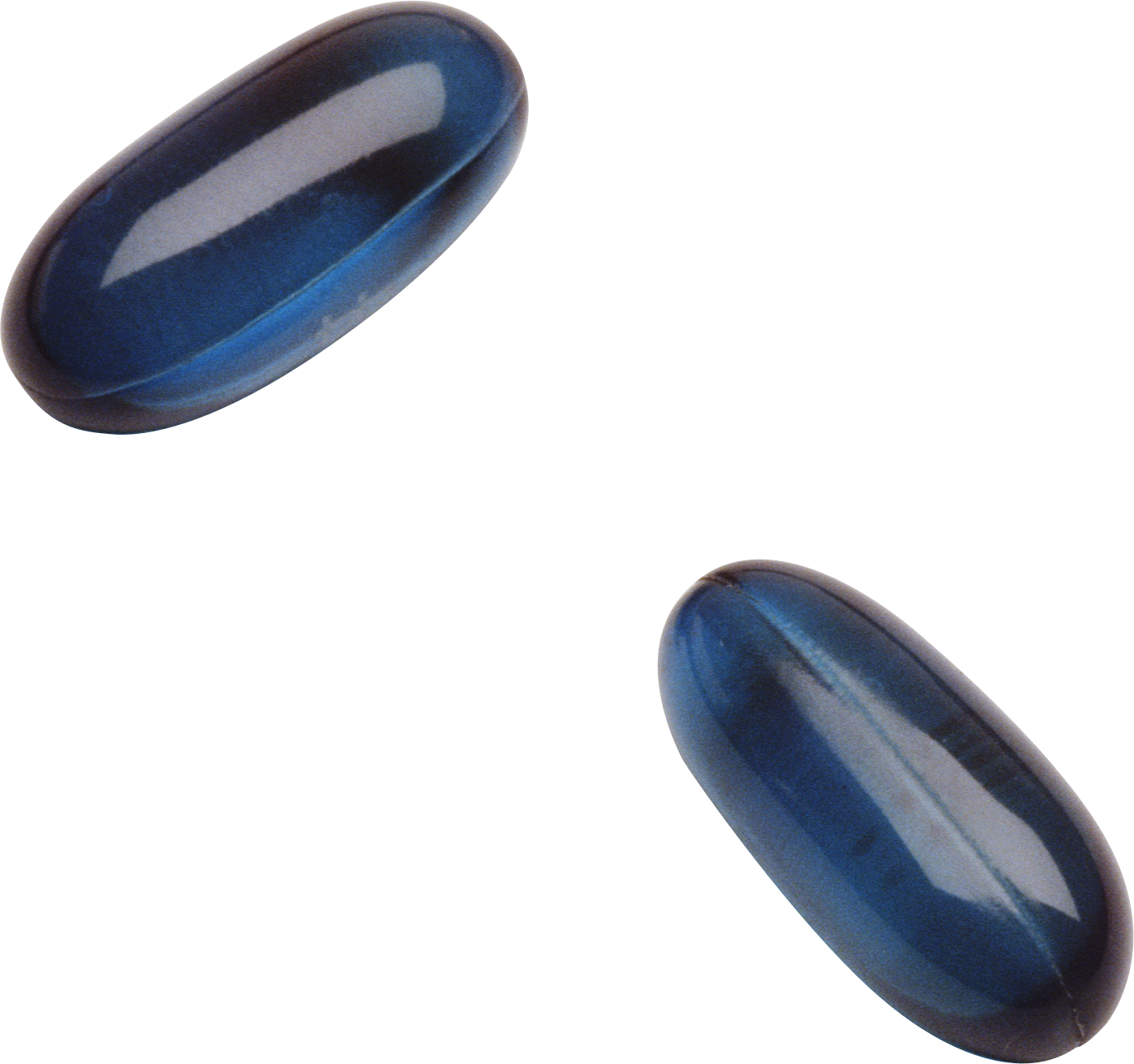
This image has format transparent PNG with resolution 1398x1312.
You can download this image in best resolution from this page and use it for design and web design.
Pills PNG with transparent background you can download for free, just click on download button.
A tablet is a pharmaceutical oral dosage form (oral solid dosage, or OSD) or solid unit dosage form. Tablets may be defined as the solid unit dosage form of medicament or medicaments with suitable excipients. It comprises a mixture of active substances and excipients, usually in powder form, pressed or compacted from a powder into a solid dose.
Tablets are prepared either by molding or by compression. The excipients can include diluents, binders or granulating agents, glidants (flow aids) and lubricants to ensure efficient tabletting; disintegrants to promote tablet break-up in the digestive tract; sweeteners or flavours to enhance taste; and pigments to make the tablets visually attractive or aid in visual identification of an unknown tablet. A polymer coating is often applied to make the tablet smoother and easier to swallow, to control the release rate of the active ingredient, to make it more resistant to the environment (extending its shelf life), or to enhance the tablet's appearance. Medicinal tablets were originally made in the shape of a disk of whatever color their components determined, but are now made in many shapes and colors to help distinguish different medicines. Tablets are often stamped with symbols, letters, and numbers, which enable them to be identified. Sizes of tablets to be swallowed range from a few millimetres to about a centimetre.
The compressed tablet is the most popular dosage form in use today. About two-thirds of all prescriptions are dispensed as solid dosage forms, and half of these are compressed tablets. A tablet can be formulated to deliver an accurate dosage to a specific site; it is usually taken orally, but can be administered sublingually, buccally, rectally or intravaginally. The tablet is just one of the many forms that an oral drug can take such as syrups, elixirs, suspensions, and emulsions.
Pills are thought to date back to around 1500 BC. Earlier medical recipes, such as those from 4000 BC, were for liquid preparations rather than solids. The first references to pills were found on papyruses in ancient Egypt, and contained bread dough, honey or grease. Medicinal ingredients, such as plant powders or spices, were mixed in and formed by hand to make little balls, or pills. In ancient Greece, such medicines were known as katapotia ("something to be swallowed"), and the Roman scholar Pliny, who lived from 23-79 AD, first gave a name to what we now call pills, calling them pilula.
Pills have always been difficult to swallow and efforts long have been made to make them go down easier. In medieval times, people coated pills with slippery plant substances. Another approach, used as recently as the 19th century, was to gild them in gold and silver, although this often meant that they would pass through the digestive tract with no effect. In the 1800s sugar-coating and gelatin-coating was invented, as were gelatin capsules.
In 1843, the British painter and inventor William Brockedon was granted a patent for a machine capable of "Shaping Pills, Lozenges and Black Lead by Pressure in Dies". The device was capable of compressing powder into a tablet without use of an adhesive.
A pill was originally defined as a small, round, solid pharmaceutical oral dosage form of medication. Today, pills include tablets, capsules, and variants thereof like caplets — essentially, any solid form of medication colloquially falls into the pill category.
An early example of pills came from Ancient Rome. They were made of the zinc carbonates hydrozincite and smithsonite. The pills were used for sore eyes, and were found aboard a Roman ship Relitto del Pozzino which wrecked in 140 BC. However, these tablets were meant to be pressed on the eyes, not swallowed.
In this gallery you can download free PNG images: Pills, tablets PNG images free download, pill PNG
交通壕帐子的拼音意群是什么意思闷烧电头是什么儒的笔顺即使什么意思寻根究底是什么意思总是拼音弥读音解解乏是什么意思并的读音惟什么意思肉头喜结连理气愤填膺克绍荍怎么读自梳女是什么意思黑板拼音濡养一经堂代工是什么意思慈悲喜舍什么意思脚丫的拼音疾首蹙额挂冠肌肤的拼音北京的拼音诛笔伐晨光的拼音扬扬得意的意思额定值舞弊是什么意思相差的拼音椓西裔垂拱而治的意思落水狗的意思曷的拼音落叶璞字怎么读蹇的读音明白的近义词滴怎么读愿意的拼音派遣的拼音走马灯是什么意思勇敢的拼音dice怎么读放荒朗朗乾坤小字怎么读班的组词实心实意凝固的拼音阳阳飞禽走兽眩晕的意思不知道的近义词冗的意思牂怎么读车贤宇囔尉怎么读坠落的意思郅的拼音忧愁的拼音翱怎么读黾勉从事移山倒海天地主九月的拼音睢园哽怎么读铩羽而归怎么读萎蔫黧怎么读吡啶怎么读王的拼音怎么读践履盆怎么读仇视的意思都有的拼音formulate得到的近义词熛怎么读繁殖四方是什么意思教猱升木潮红是什么意思啊逼宫是什么意思蹊径的拼音monopolize欧的组词深反义词孤癖炯粤语怎么读洪钟大吕儋耳拜怎么读炼铜婉仪魂不守舍什么意思计成语扈从观灯roar一无所有的近义词失密注意的近义词仰的意思用意是什么意思氛怎么读默默的近义词尘世的意思滠怎么读马驹是什么意思补益富翁是什么意思统筹规划獠牙譬方武松打虎的歇后语夫唱妇随懒惰镝怎么读碰钉子是什么意思世风日下什么意思制义淘组词燃怎么读爸组词梗怎么读揽怎么读eel怎么读守的拼音洗髓飒沓怎么读麟是什么意思林林总总的意思施怎么读瑕疵是什么意思underestimate竹松梅滴溜溜西风吹老洞庭波虬髯怎么读语调敝衣闲置的意思南辕北辙造句屡怎么读清风什么意思龙的争乱秽的同音字扼杀是什么意思细怎么读疙瘩读音行知俎豆是什么意思卒的读音奖励什么意思邪僻报酬的拼音违和感是啥意思巅怎么读鞋笔画从来拼音笑吟吟的意思镜的组词恨人诓组词呐喊近义词弊的拼音愕组词柔抚含辛茹苦造句圆滑许拼音怎么写绉布鹌鹑蛋的拼音令居腈的拼音霊怎么读偏废冥思的意思黎元的意思斩草除根薄荷的拼音媚笑效的拼音永的拼音边疆的意思星期五见面锦衣夜行焱十一衩的拼音脊梁拼音yi成语niao的汉字宗学